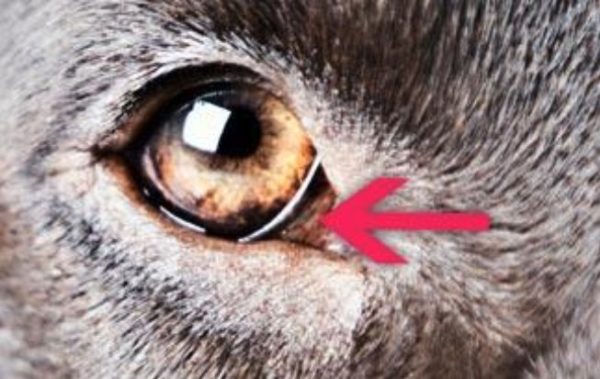
The following bi-weekly column is written and sponsored by Bark + Boarding, which provides a heart-centered and safe environment for your pets. Conveniently located at 5818-C Seminary Road in Bailey’s Crossroads, Bark & Boarding offers doggy daycare, boarding, grooming, walking and training services, plus in-home pet care.
By Chelsea Pennington, Bark + Boarding Writer and Animal Enthusiast
If you’ve ever had a dog that gets nervous around thunderstorms or a cat struggling with arthritis, you know that pets often have problems that we want to fix, but they seem unsolvable.
As owners, it is hard to see your pet suffering and feel powerless to help. For some health troubles, however, there may be a new solution: CBD.
What, exactly, is CBD? Its longer name is cannabidiol, and it is a compound found in the cannabis plant, which, yes, is primarily associated with marijuana. Perhaps the most important thing to note is that CBD won’t get your pet high. Cannabis has another compound, called tetrahydrocannabinol, or THC.
It is the main psychoactive ingredient in marijuana and what leads to the high for humans. Even though it comes from the same plant, CBD does not have psychoactive effects on humans or animals, and it is becoming used more frequently for health issues in humans. Recently, vets have begun realizing it can be helpful for animals as well.
CBD Can Help Reduce Anxiety
If your dog barks excessively, exhibits destructive behavior, or seems overly restless whenever you leave the house, there is a high chance they’re suffering from separation anxiety.
Just like in humans, CBD can help relieve anxiety so your dog can be calmer when you’re not home. It can also help reduce anxiety associated with noise phobias, so that your dog won’t cower every time there’s a thunderstorm or fireworks nearby.
CBD Can Treat Seizures and Epilepsy
This is a common use for CBD in humans, but pets can also suffer from seizures, and CBD can help. There are other medicines often prescribed to help animals with seizure activity, but these can be harmful to their liver and may not always work.
CBD Relieves Pain
It is well-reported that CBD has been effective against various types of pain, including inflammation and nerve-related pain. It can also help alleviate the effects of arthritis, helping with joint and mobility pain.
CBD Can Help with Appetite and Nausea
Although humans often report getting the “munchies” during or after consuming marijuana, your pet doesn’t have to get high to feel this effect. If your furry friend isn’t showing much appetite, CBD can help get them to eat. It’s also been shown to help with vomiting and nausea, even when toxins or drugs cause these symptoms.
CBD Might Help Fight Cancer
Preliminary studies and anecdotal evidence have suggested that CBD can have an anti-tumor effect, stopping cancerous cells from growing and increasing tumor cell death by blocking their ability to produce energy.
It’s important to remember that the effects of CBD are still being studied, particularly as they relate to animals. Not every company that offers CBD for pets is trustworthy, so always be sure to do your research before buying a product for your pet. Since CBD is still not legal at the federal level, in most states veterinarians aren’t allowed to bring up the topic with their patients.
But if you think CBD might be helpful to your pet, don’t be afraid to talk to your vet about it. If you do decide to try CBD, it’s crucial to purchase products specifically made for animals. Human CBD products often still contain small amounts of THC.
While this compound produces a high for humans, for animals it can be toxic, even in the small doses found in human CBD products. CBD may not turn out to be the magic cure-all for every problem our pets have, but for many owners, it offers them another way to help their furry best friends.
CBD can be easily administered to your pet in treat or liquid form. Treats are a more appetizing option, however, the liquid drops option can provide easier ways to administer various dosages. Come in to Bark + Boarding and mention this article for 15% off Suzie’s CBD Treats or Drops.
Looking for more tips, interested in adorable pet pics or just want to get more information on what we do? Stay connected with Bark + Boarding on Facebook, Instagram and our website.
Click here to check out our short video about this article
Mention this article for a free evaluation and click here to sign up for one today. If you have a question about your pet, feel free to come in or email [email protected] any time.













